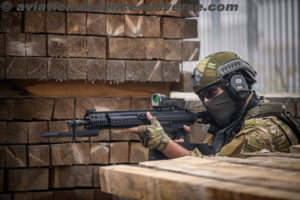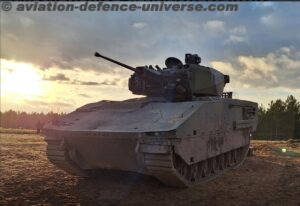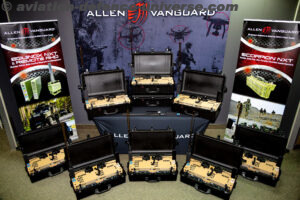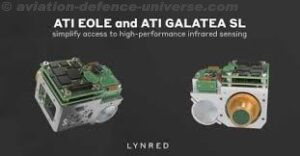- The system facilitates the gathering of useful operational information on improvised explosive devices (IEDs) and other events, as well as the analysis of evidence in critical situations
- Designed for flexible transportation and deployment, Indra’s solution incorporates modules for chemical, biological, electronic, media and technical operations, as well as a command and control room, triage facilities, storage of evidence and hazardous materials
- More than 90% of the project has been executed directly in Australia, working in close cooperation with local equipment manufacturers and distributors
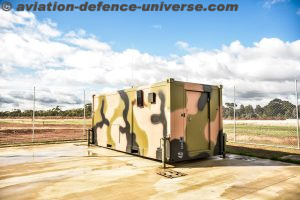 Madrid. 09 August 2023. Indra Australia has delivered two deployable Weapons Technical Intelligence (WTI) laboratories equipped with advanced technology to the Australian Army to counter the use of improvised explosive devices (IEDs).
Madrid. 09 August 2023. Indra Australia has delivered two deployable Weapons Technical Intelligence (WTI) laboratories equipped with advanced technology to the Australian Army to counter the use of improvised explosive devices (IEDs).
The WTI laboratory is designed to carry out the controlled exploitation of these improvised explosive devices, collect and analyse evidence, provide critical attack information and identify the supply chain. These devices are exploited through a series of activities that seek to technically, tactically and forensically determine the components involved and recover traces of material related to the manufacture and handling of the devices.
“The real value of this system lies in the fact that it provides state-of-the-art equipment and operating methods in a modular and scalable deployment configuration. The laboratory thus provides the operation’s commanders with rapid and actionable intelligence on the improvised explosive devices in situ, which could allow them to enter the attack cycle of their adversaries. It’s an intrusive but non-destructive process, so it allows for deeper subsequent detonation”, explained Adam Taylor, the project manager.
This laboratory can also be used for other events, e.g. natural disasters.
The two systems that have been delivered are based on a container solution. The containers consist of robust ISO 20 shelters certified for any standard mobile logistics platform currently in use by the Australian Defence Force and meet stringent environmental requirements for deployment anywhere in the world.
Local collaboration
In addition to providing the Australian Army with this cutting-edge capability, the project has focused on enhancing the participation of local industry. More than 90% of the project has been executed directly in Australia, working in close collaboration with local equipment manufacturers and distributors.
Thus, Indra Australia has continued to reinforce its cooperation with Daronmont Technologies and Zenith Custom Creations to manufacture the laboratories in Australia. In addition, Indra has leveraged the global experience acquired in other programs further enhancing the collective capabilities in the country to provide deployable infrastructures to the Australian Armed Forces. This will guarantee exceptionally high levels of Australian industrial capability in the content of the program.
Leading technology
Indra is a pioneering company in the field of improvised explosive device detection and CBRN security, with over 30 years’ experience. It has self-developed systems that cover all the phases of a threat, including detection and early warning, threat identification, critical infrastructure protection, decontamination and information management and processing (C2 systems) for both civilian and military customers.
Indra has the experience of operations in NATO countries, providing solutions such as CBRNe alert networks, reconnaissance and response vehicles, mobile and fixed laboratories and decontamination.
It has supplied the European Defence Agency (EDA) with two laboratories for the forensic analysis of transportable improvised devices. It has also equipped the National Police Force and the Mossos d’Esquadra (Police Force of Catalonia) in Spain with its iForenLIBS solution, transportable advanced chemical analysis equipment with LIBS technology that is capable of detecting traces of explosives, gunshot residues and other substances. Indra is also a pioneer in the development of emergency command and control centres that monitor and coordinate actions in the event of any kind of emergency.






































